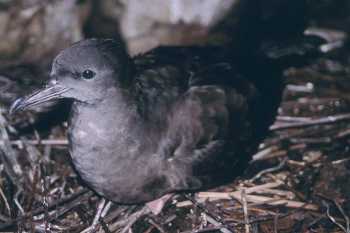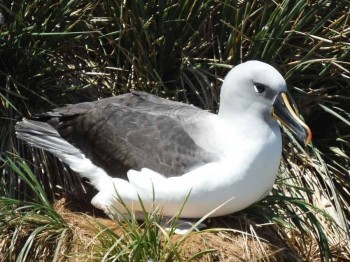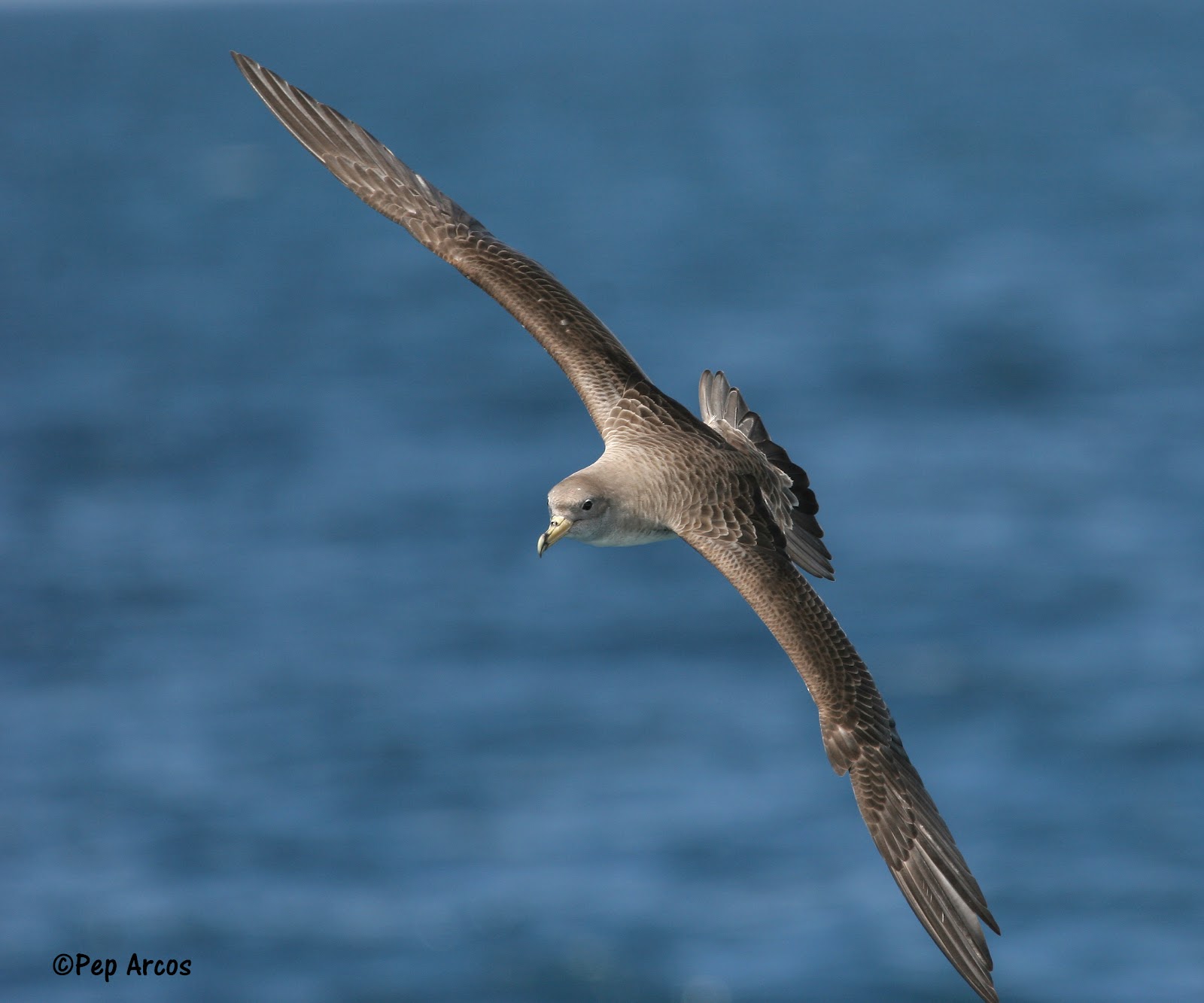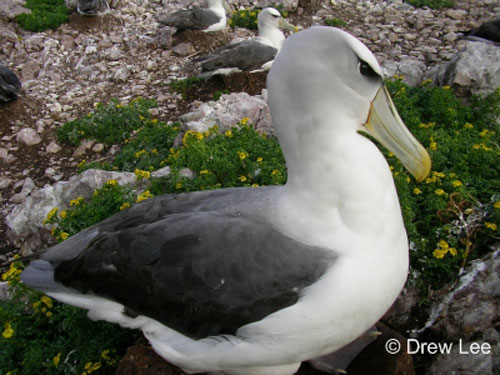Ben Dilley (Percy FitzPatrick Institute of African Ornithology, DST/NRF Centre of Excellence, University of Cape Town, Rondebosch, South Africa) and colleagues have published in the journal Antarctic Science on the deleterious effects of introduced House Mice Mus musculus on the breeding success of seven species of burrowing seabirds on Gough Island, including the ACAP-listed Grey Petrel Procellaria cinerea.
The paper’s abstract follows:
“Since 2004 there has been mounting evidence of the severe impact of introduced house mice (Mus musculus L.) killing chicks of burrow-nesting petrels at Gough Island. We monitored seven species of burrow-nesting petrels in 2014 using a combination of infra-red video cameras augmented by burrowscope nest inspections. All seven camera-monitored Atlantic petrel (Pterodroma incerta Schlegel) chicks were killed by mice within hours of hatching (average 7.2±4.0 hours) with an 87% chick failure rate (n=83 hatchlings). Several grey petrel (Procellaria cinerea Gmelin) chicks were found with mouse wounds and 60% of chicks failed (n=35 hatchlings). Video surveillance revealed one (of seven nests filmed) fatal attack on a great shearwater (Puffinus gravis O’Reilly) chick and two (of nine) on soft-plumaged petrel (Pterodroma mollis Gould) chicks. Mice killed the chicks of the recently discovered summer-breeding MacGillivray’s prion (Pachyptila macgillivrayi Mathews), with a chick mortality rate of 82% in 2013/14 and 100% in 2014/15. The closely-related broad-billed prion (P. vittata Forster) breeds in late winter and also had a chick mortality rate of 100% in 2014. The results provide further evidence of the dire situation for seabirds nesting on Gough Island and the urgent need for mouse eradication.”
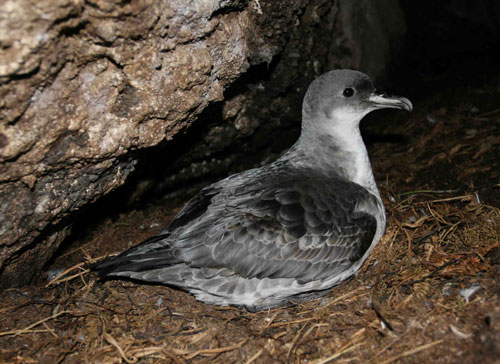
Grey Petrel, photograph by Peter Ryan
A one-minute video of an Atlantic Petrel chick being attacked by a mouse accompanies the publication.
With thanks to Alex Bond.
Reference:
Dilley, B.J., Davies, D., Bond, A.L. & Ryan, P.G. 2015. Effects of mouse predation on burrowing petrel chicks at Gough Island. Antarctic Science DOI:http://dx.doi.org/10.1017/S0954102015000279.
John Cooper, ACAP Information Officer, 6 July 2015

 English
English  Français
Français  Español
Español 